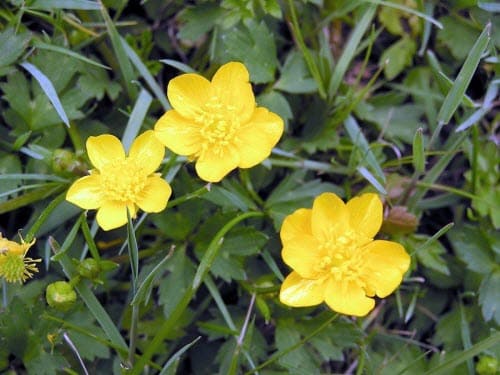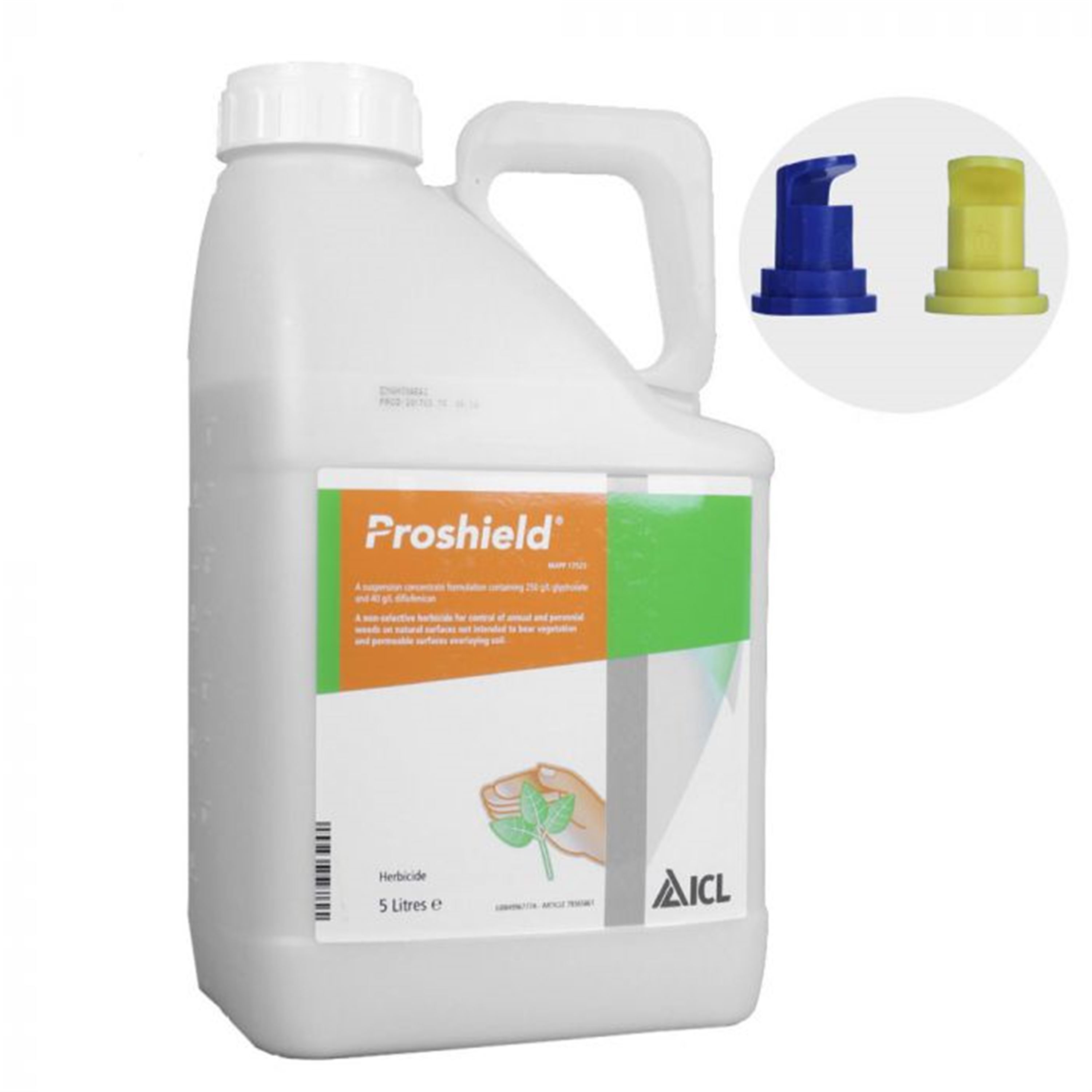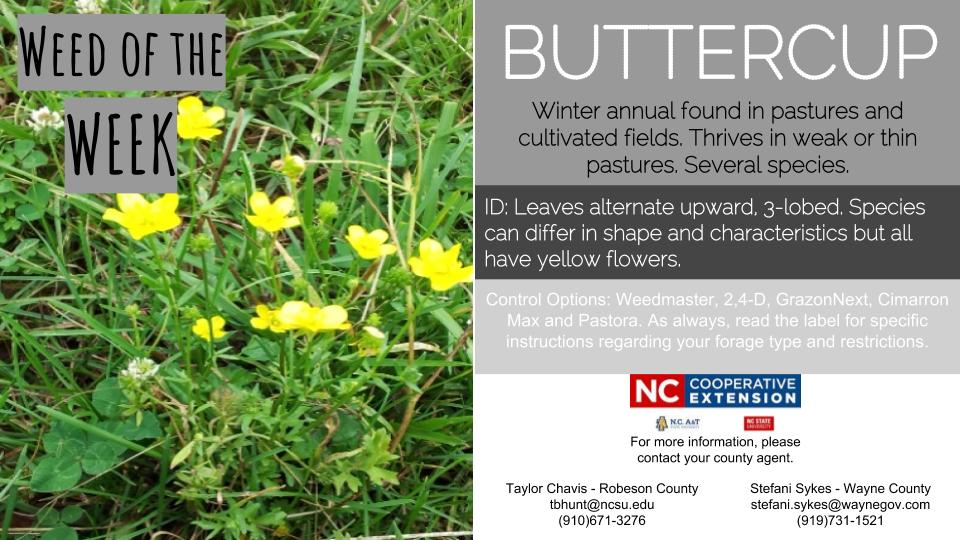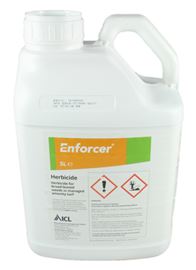

( November 2012) ( Learn how and when to remove this template message) Statements consisting only of original research should be removed. Please improve it by verifying the claims made and adding inline citations. This section possibly contains original research. The effect of the other control methods was negligible." pes-caprae cover as well as to a recovery in native species cover and richness. They report, "The use of glyphosate was found to be the only efficient control method, leading to a significant decrease in O. The use of herbicides may also have high efficacy for habitat restoration of infested fields and woodlands." Glyphosate was used successfully on a Mediterranean island. He reports "The difficulty of control of Bermuda buttercup has led some to consider control impractical. pes-caprae bulbs in the San Francisco area. Imazapyr applied in late March 2016 at low concentration appeared to completely prevent re-sprouting of O.


Two studies have reported successful control using two different non-selective, consumer-grade herbicides. pes-caprae is also a host to broomrape, though it is not clear that that is of significance as a control agent. Kluge & Claassens (1990) reported a potential biocontrol agent using Klugeana philoxalis, a larval feeder on shoots of O. Soil in which the plant has grown is generally contaminated with many small bulbs. The weed propagates largely through its underground bulbs and this is one reason why it is so difficult to eradicate, as pulling up the plant, even with the roots, can leave some of the bulbs behind. The plant has a reputation for being very difficult to eliminate by mechanical methods once it has spread over an area of land. Indigenous to South Africa, Oxalis pes-caprae is an invasive species and noxious weed in many other parts of the world, including the United States (particularly coastal California), Europe, The Middle East and Australia. pes-caprae forms peanut-sized bulbs that survive the dry California summer, then sprout after rainfall. The golden petals can be used to produce a yellow dye. The lateral underground runners, which tend to be fleshy, have been eaten raw or boiled and served with milk. The plant has been used as a diuretic, possibly hazardously, in the light of observations in the following section. The raw bulbs have been used to deal with tapeworm and possibly other worms. The plant has been used in various ways as a source of oxalic acid, as food, and in folk medicine. In South Africa it is a traditional ingredient in dishes such as waterblommetjiebredie ('water flower stew'). The plant is palatable and in modest quantities is reasonably harmless to humans and livestock. New world Oxalis, such as Oxalis corniculata, apparently do not generally produce bulbs. In fact, Oxalis pes-caprae produces small bulbs copiously, whereas most other African species produce fewer, larger bulbs. These take the form of true bulbs in botanical terms, which is unusual among dicotyledons. Like most African Oxalis species, it produces adventitious subterranean propagules. In the non-native range the plants largely reproduce vegetatively and many populations have only one style length and the plants never produce seed. Native populations in South Africa are heterostylous, flowers of long-styled plants have a stigma held above the two ranks of stamens, mid-styled plants have the stigma in between the two ranks of stamens and short-styled plants have a stigma below both ranks of stamen.
#Oregon buttercup weed killer free
The Oxalis pes-caprae flower is actinomorphic, with a calyx composed of five free or slightly fused sepals, a sympetalous corolla composed of five fused petals, an androecium composed of ten free stamens in two ranks, and a compound pistil. The specific epithet pes-caprae means 'goat's-foot', possibly in reference to the shape of the leaf.ĭescription Open and closed flowers in a bunch of Oxalis pes-caprae This sourness is caused by an exceptionally high content of oxalic acid. Oxalis pes-caprae is often called by the common name sourgrass due to its moderately sour flavor. Indigenous to South Africa, the plant has become a pest plant in different parts of the world that is difficult to eradicate because of how it propagates through underground bulbs. Some of the most common names for the plant reference its sour taste owing to oxalic acid present in its tissues.

Oxalis cernua is a less common synonym for this species. Oxalis pes-caprae ( African wood-sorrel, Bermuda buttercup, Bermuda sorrel, buttercup oxalis, Cape sorrel, English weed, goat's-foot, sourgrass, soursob or soursop Afrikaans: suring ) is a species of tristylous yellow-flowering plant in the wood sorrel family Oxalidaceae.


 0 kommentar(er)
0 kommentar(er)
